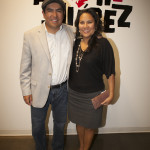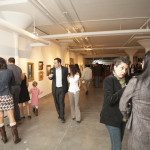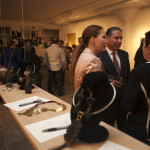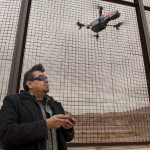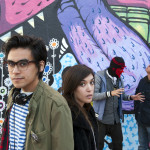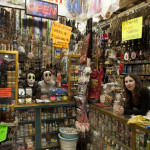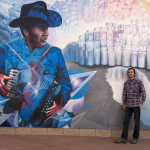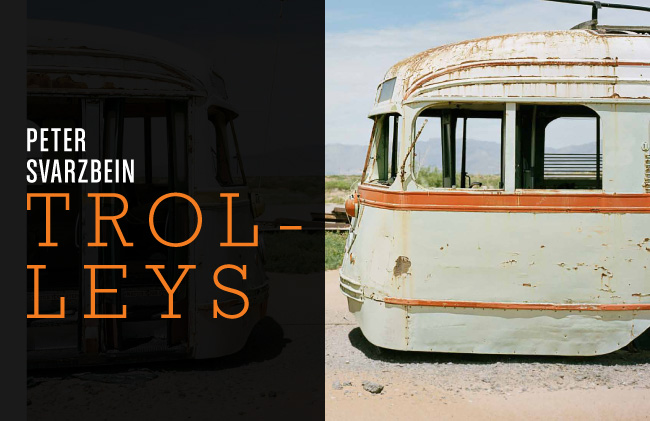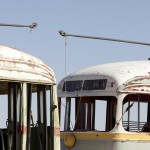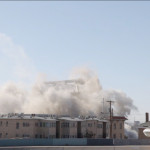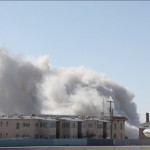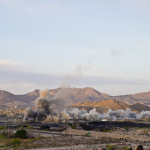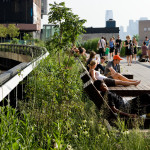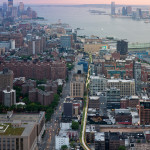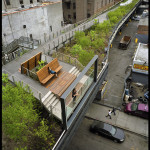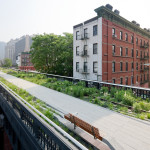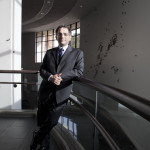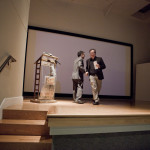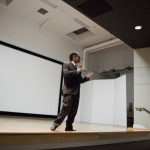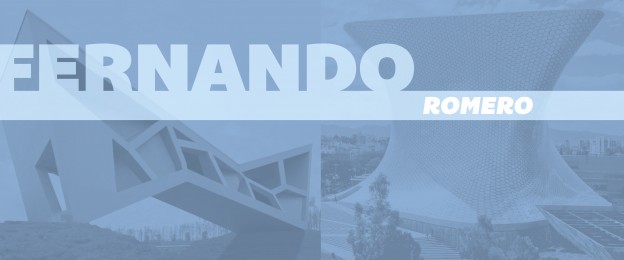2nd Annual Amor Por Juarez Art Auction
By Monique Oxford
An organization that was created to bring awareness to the increase in violence and its effect on the youth in Juárez is now proving to be a platform for budding artists to exhibit their works and gain greater exposure in the community.
The 2nd Annual Amor por Juárez Art Auction brought more than 25 international artists together in an effort to not just raise money for the non-profit Amor por Juárez, but to also allow a broader introduction to hidden talent in the Border Region.
Artists and guests recently gathered for the silent auction at the Sotoa Gallery in downtown El Paso, which exhibited over 50 pieces of art. Supporters of the fundraiser could bid on abstract and contemporary paintings, sculptures, photography, and jewelry.
“It was really exciting to see so many people supporting this great cause. A few of the pieces which started a bidding war were a small 4 x 4 acrylic painting by Ricardo Chavarria, and a large 20 x 30 charcoal and acrylic on canvas by Gabriel Diaz,” explained Ricardo Fernandez, President of Amor por Juárez.
Amor por Juárez is a non-profit organization that began over four years ago in an effort to bring awareness to the increase in violence and its effect on youth during the drug wars. As a result, programs directed in the arts and culture were developed for at-risk youth. While the programs for children grew, so did the desire from artists in the region to assist in the awareness campaign.
“In our efforts to bring awareness to the youth, we stumbled upon artists that needed an outlet to show their works. We created the art auction as an avenue for artists,” noted Ricardo.
Fernandez says the auction is a way to help create exposure for the artists as well as facilitate the sale of their work. He mentioned that over half of the pieces sold during the auction and a portion from the art sale will go to the organization as well as to the artists.
Chicano artist, Gaspar Enriquez, provided a piece of his artwork and commented on his experience: “It’s the first time I have been involved with Amor por Juárez. This project is a great opportunity for everyone involved. It’s a good way to meet others and show off the many different techniques of art.”
Other artists who shared their work were Oswaldo Sagastegui, Salvador Flores, Elza Crespo, Alesksander Titovets, Rogelio Valenzuela, Erik Flores, Peter Svarzbein, Paola Rascon, Luz Galvan, Christian Nassri, Alejandra Coronado, Ivan Bautista, Ricardo Guevara, Monica Lozano, T. Vazquez, Patt Robles, Rodolfo Calva, Abel Saucedo, and Ramon and Christian Cardenas.
On hand to share in the evening were the musical talents of Latino pop singer Diana Gameros, whose songs were as diverse as the crowd, Hope Wright whose sultry sounds tantalized, and electronic music from DJ Hector Fierro rounded out the evening.
www.amorporjuarez.com


